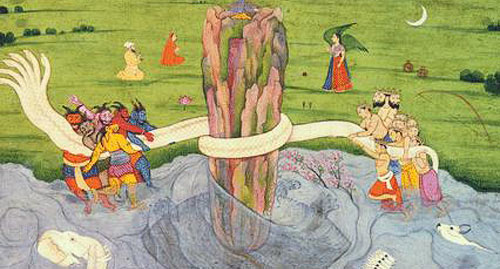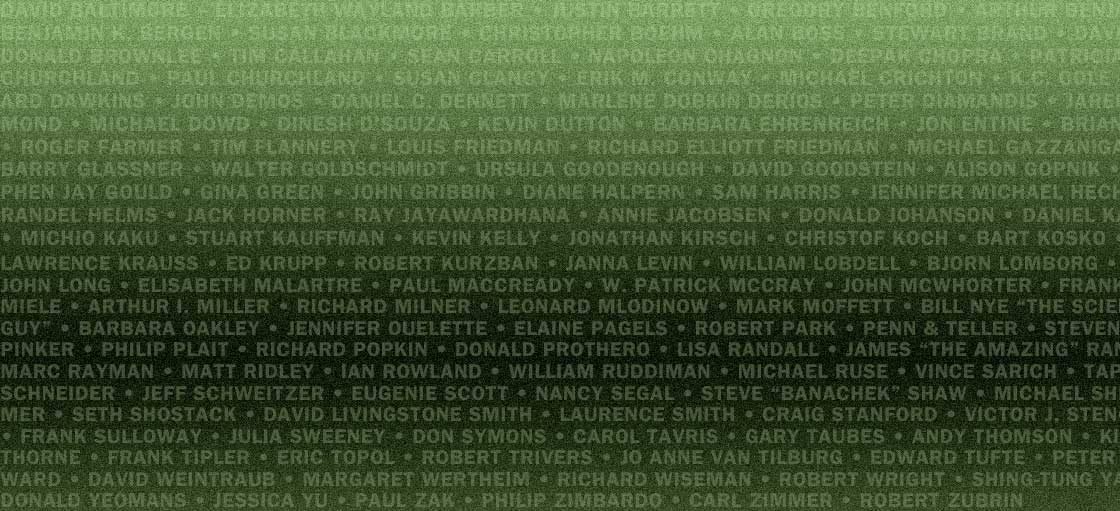
Why were Prometheus and Loki envisioned as chained to rocks? What was the Golden Calf? Why are mirrors believed to carry bad luck? How could anyone think that mortals like Perseus, Beowulf, and St. George actually fought dragons, since dragons don’t exist? Strange though they sound, however, these “myths” did not begin as fiction. Barber and Barber show that myths originally transmitted real information about real events and observations, preserving the information sometimes for millennia within nonliterate societies. Geologists’ interpretations of how a volcanic cataclysm long ago created Oregon’s Crater Lake, for example, is echoed point for point in the local myth of its origin. The Klamath tribe saw it happen and passed down the story for nearly 8,000 years. We, however, have been literate so long that we’ve forgotten how myths encode reality. Recent studies of how our brains work, applied to a wide range of data from the Pacific Northwest to ancient Egypt to modern stories reported in newspapers, have helped the Barbers deduce the characteristic principles by which such tales both develop and degrade through time.
Dr. Elizabeth Wayland Barber is Professor of Linguistics and Archaeology, Occidental College, and the author of The Mummies of Urumchi (W. W. Norton), Women’s Work (W. W. Norton), and Prehistoric Textiles ( Princeton).









